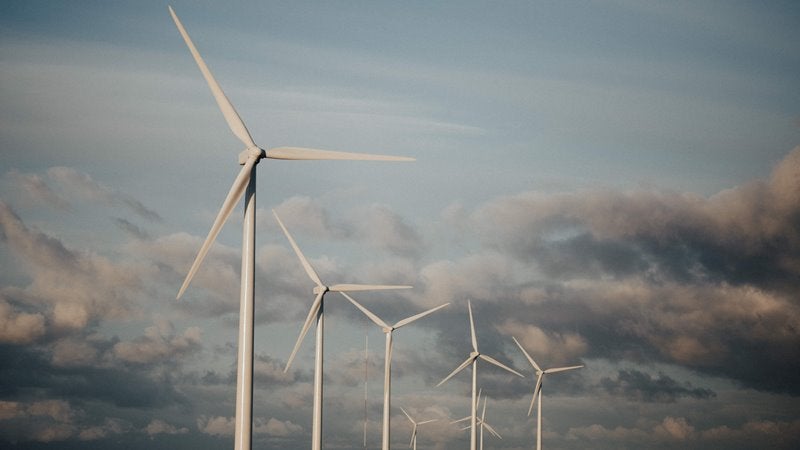
EDF Renewables North America has announced that the 100MW Stoneray Wind Project in Minnesota has become fully operational.
The project comprises 39 wind turbines, which have been manufactured by Siemens Gamesa.
Starting in 2020, the power generated by the project will be provided to Southern Minnesota Municipal Power Agency (SMMPA) through a power purchase agreement.
EDF Renewables North America vice-president Kate O’Hair said: “We are grateful for the community and landowners who backed the development of this project for several years. This level of long-standing support, along with the State’s favourable regulatory environment, excellent wind resource, and advantageous transmission expansion, is vital to bringing wind projects to operation.”
During the equipment warranty period, the firm will carry out asset management services, balance-of-plant, 24-hour remote monitoring and diagnostics from its operations control centre (OCC) in San Diego.
Once the warranty period is completed, the contract will be extended to asset management, and operations and maintenance services. This will help to boost operational performance, and enable the availability of equipment and reduce downtime.

US Tariffs are shifting - will you react or anticipate?
Don’t let policy changes catch you off guard. Stay proactive with real-time data and expert analysis.
By GlobalDataThis project represents EDF Renewables’ 12th wind project in the state. It takes total project capacity to more than 1.6GW.
The power produced at complete capacity is sufficient to meet the electricity requirements of up to 47,000 homes in the state. This will reduce CO₂ emissions by 300,000t annually.
In January, EDF Renewables North America closed an agreement to buy 300MW Milligan 1 Wind Project in Nebraska, US, for an undisclosed amount.
EDF Renewables has 16GW of wind, solar, storage, projects developed across the US, Canada, and Mexico.



